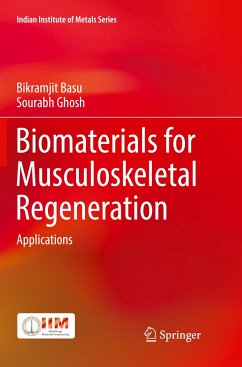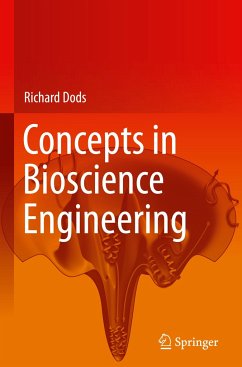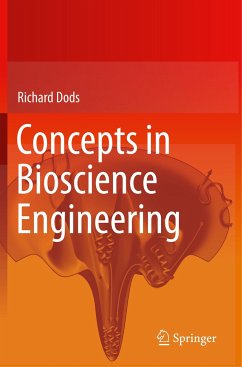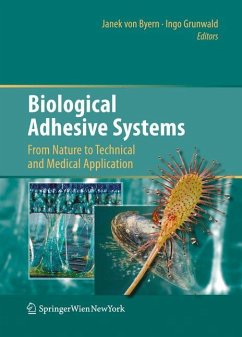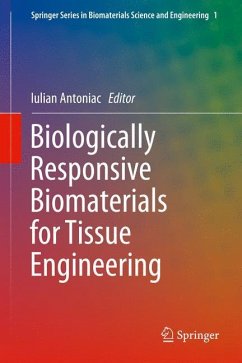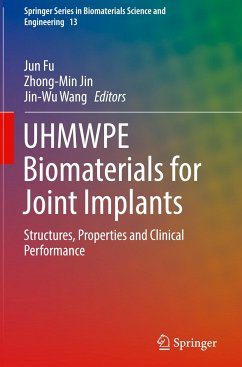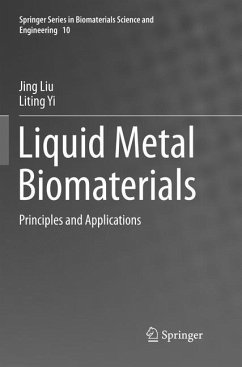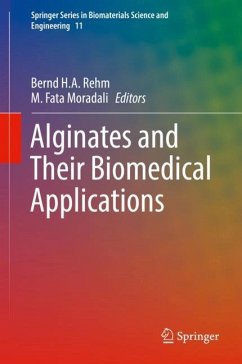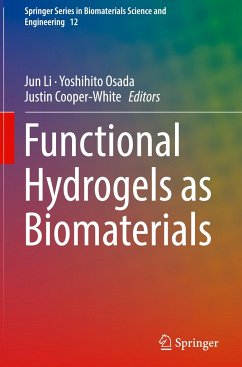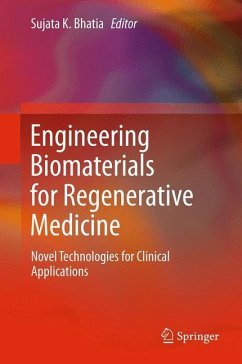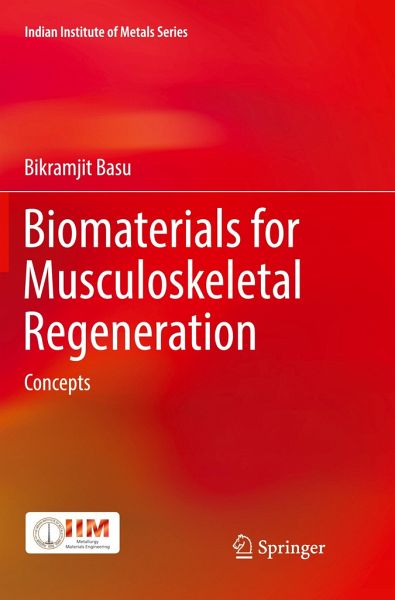
Biomaterials for Musculoskeletal Regeneration
Concepts
Versandkostenfrei!
Versandfertig in 6-10 Tagen
113,99 €
inkl. MwSt.
Weitere Ausgaben:

PAYBACK Punkte
57 °P sammeln!
This book covers the basics of the biomaterials science its applications to bone tissue engineering. The introductory section describes the most necessary concepts and techniques related to the cell and molecular biology with a particular focus on evaluating the biocompatibility property. The layout of this book facilitates easier understanding of the area of bone tissue engineering. The book integrates the Materials Science and Biological Science. It covers processing and basic material properties of various biocompatible metals and ceramics-based materials, in vitro and in vivo biocompatibil...
This book covers the basics of the biomaterials science its applications to bone tissue engineering. The introductory section describes the most necessary concepts and techniques related to the cell and molecular biology with a particular focus on evaluating the biocompatibility property. The layout of this book facilitates easier understanding of the area of bone tissue engineering. The book integrates the Materials Science and Biological Science. It covers processing and basic material properties of various biocompatible metals and ceramics-based materials, in vitro and in vivo biocompatibility and toxicity assessment in the context of bone tissue engineering, and processing and properties of metal-, ceramic- and polymer-based biocomposites, including the fabrication of porous scaffold materials. The book can be used as a textbook for senior undergraduate and graduate coursework. It will also be a useful reference for researchers and professionals working in thearea.



